 Alamy
AlamyBlackhouse thatched cottage in the Hebrides, Scotland
Many thatched cottages in the Hebrides are simple, single-storey structures called blackhouses or taigh-dubh (their name in Gaelic). The term blackhouse probably derives…

 Alamy
AlamyMany thatched cottages in the Hebrides are simple, single-storey structures called blackhouses or taigh-dubh (their name in Gaelic). The term blackhouse probably derives…

Riot Games has delayed the release of its…
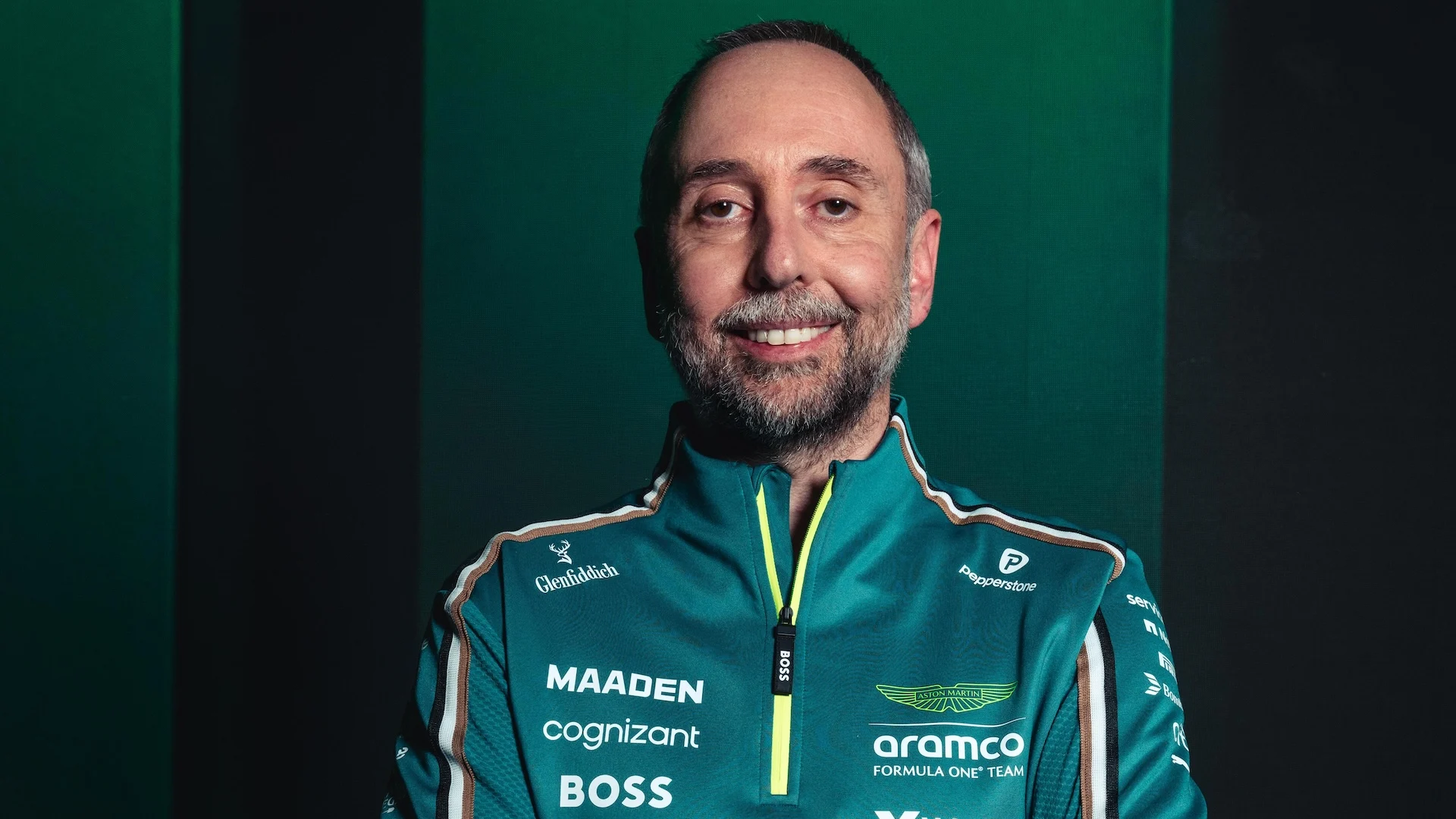
Aston Martin’s new Chief Technical Officer Enrico Cardile has insisted that the team are “going to get it right next year” – though he stopped short of predicting at what point of the season this could happen.
It was confirmed in July…
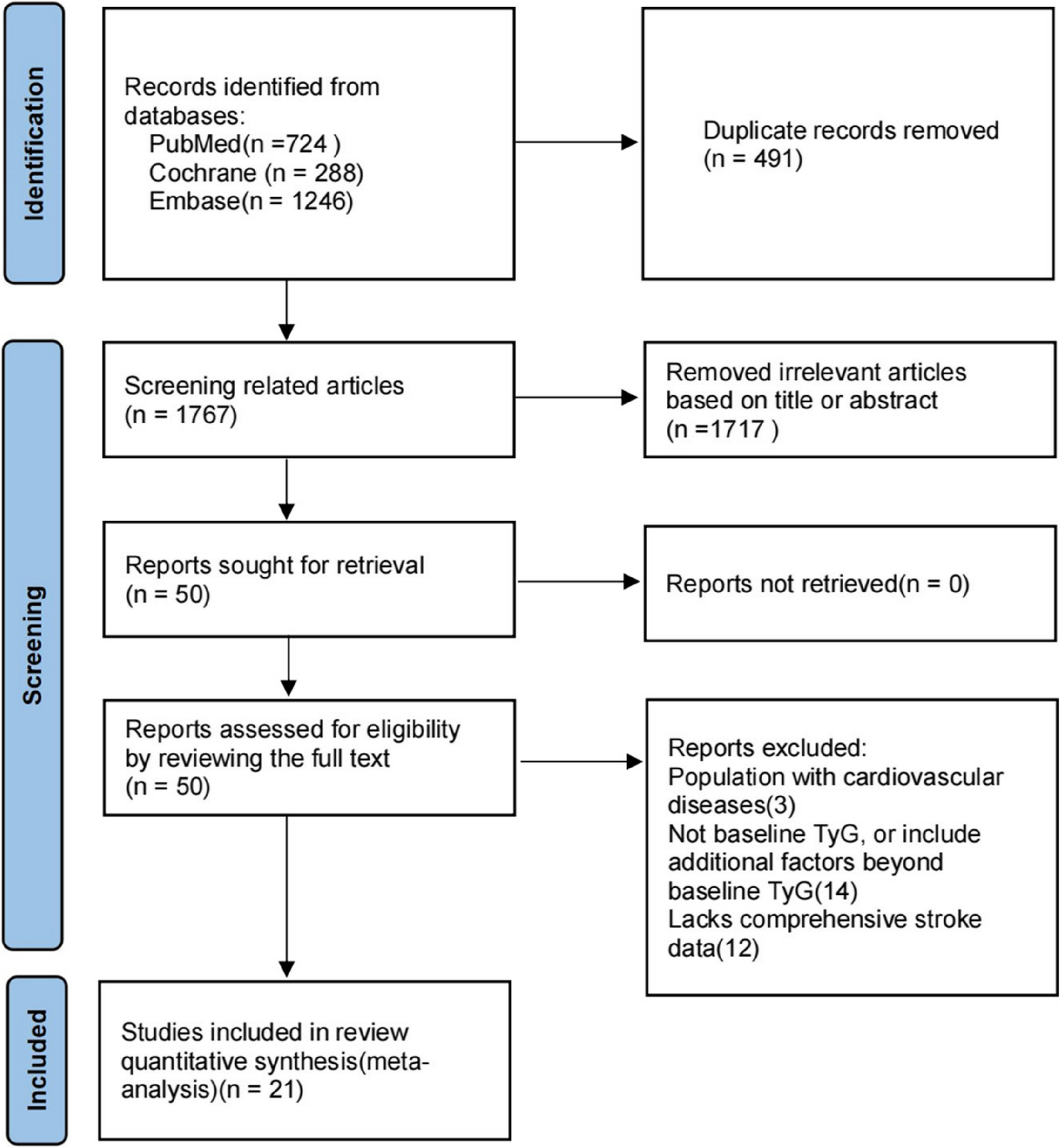
The systematic review and meta-analysis including 21 studies indicated the participants in the highest TyG, TyG-BMI, TyG-WC and TyG-WHtR quartile have an increased risk of stroke compared to the patients with the lowest index category. Subgroup…

OpenAI’s DevDay evolution mirrors the hype cycle; Microsoft’s Game Pass price raise is an admission of failure; and Verizon decides it doesn’t want to be under the thumb of SpaceX.
Subscribe to Stratechery Plus for full…
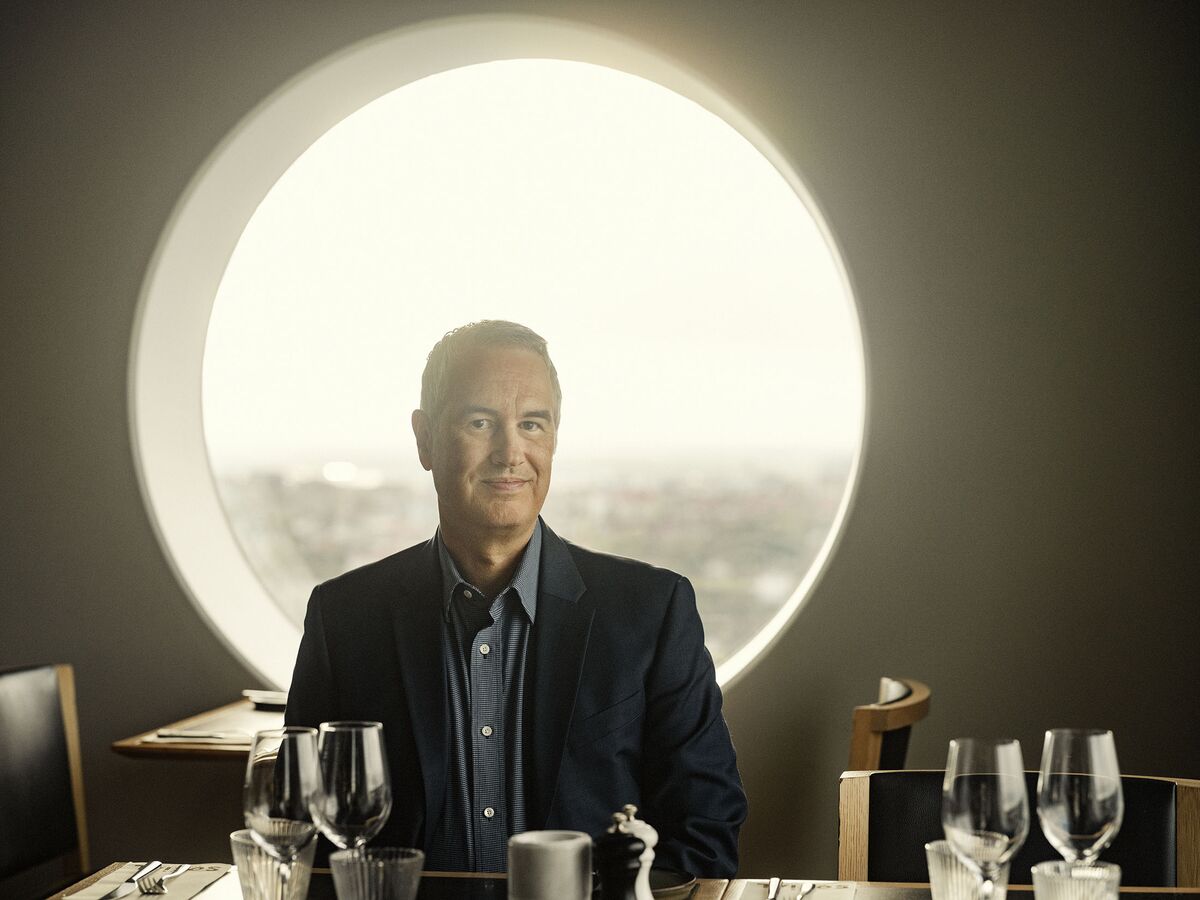
Whether or not you’ve heard the name Kevin Hall, you most likely know about his work. It was Hall’s seminal study in 2019 that showed that consuming ultraprocessed foods like deli meat, white bread and canned refried beans led to weight gain…

Dr. Mark Harper recalls his first cold-water swim in the south of England 20 years ago. It was August, but the initial jolt from the plunge took his breath away.
The shock to his system lasted a minute or two until he was “recombobulated and…
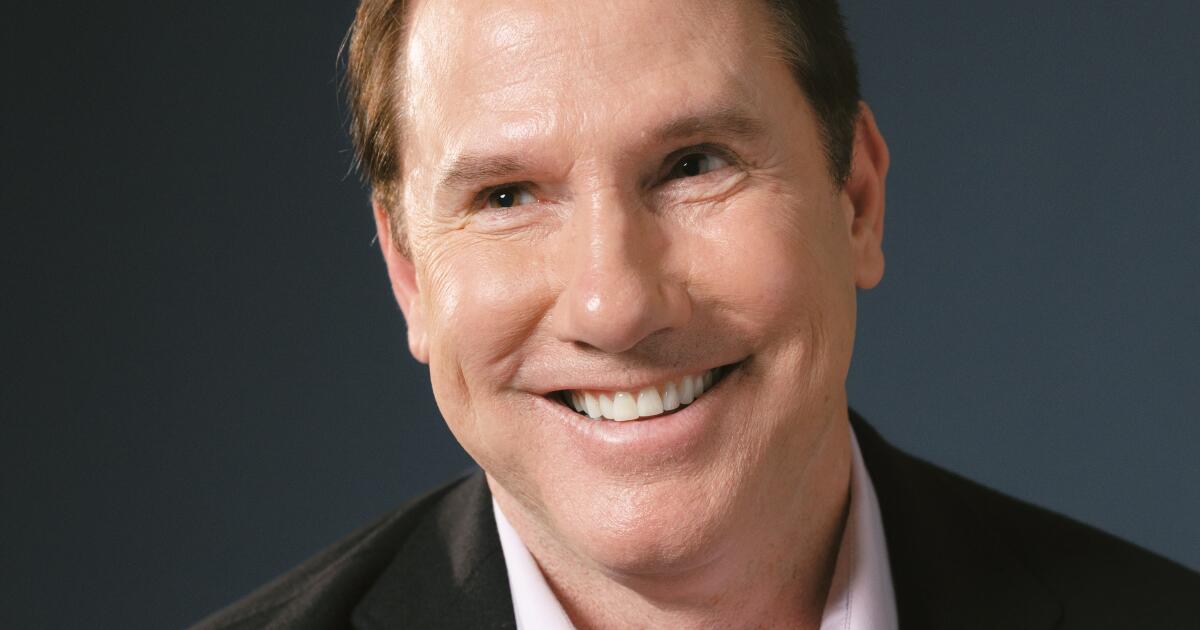
On the Shelf
Remain
By Nicholas Sparks with M. Night Shyamalan
Random House: 352 pages, $30
If you buy books linked on our site, The Times may earn a commission from Bookshop.org, whose fees support independent bookstores.
On the…
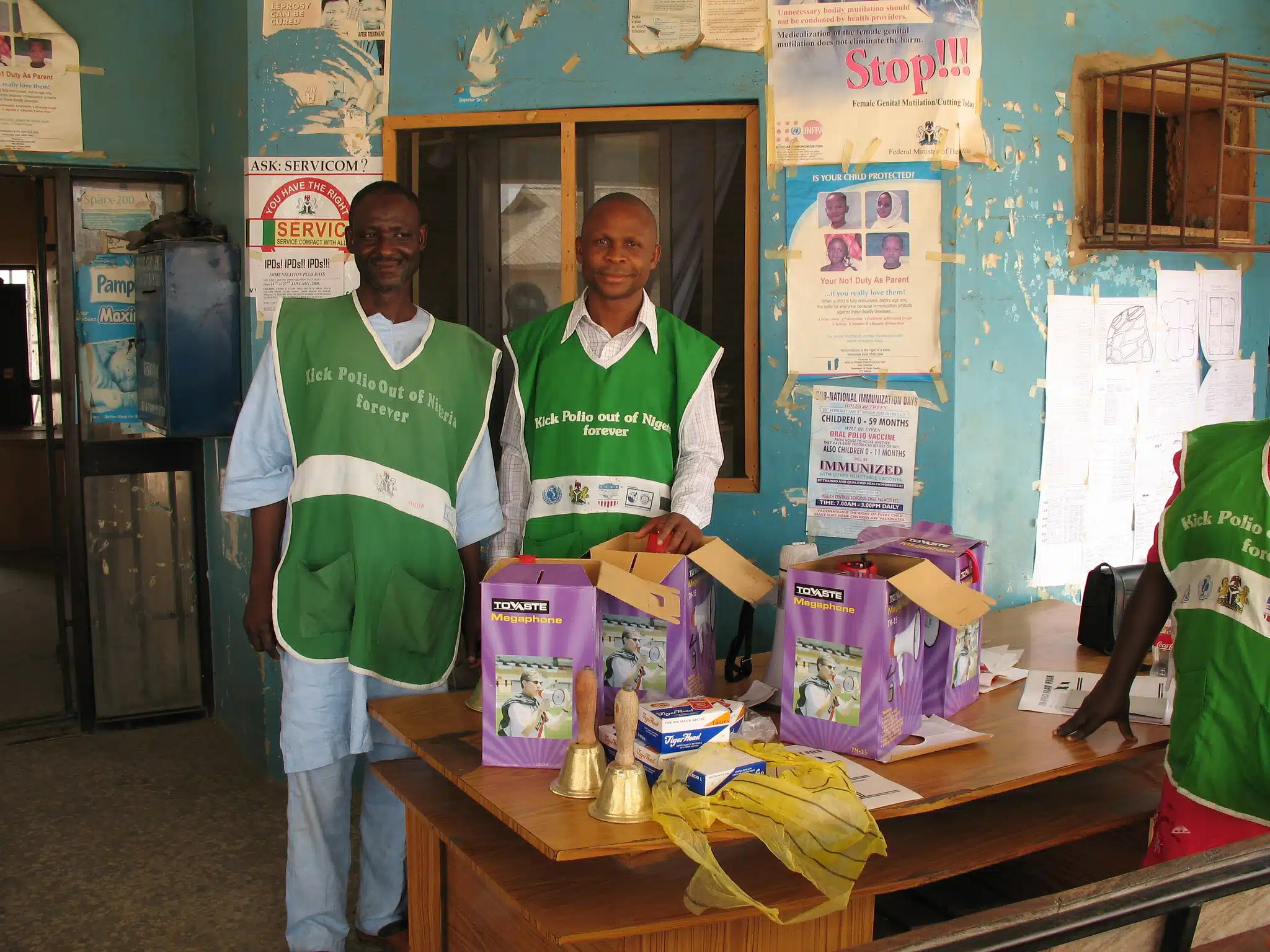
VANCOUVER, Canada — “We do this because we don’t want any child to go through what we did,” said Bello Dikko, the Chair of the Polio Survivors Association in Sokoto State. For him, the battle was personal. Locals like Dikko…